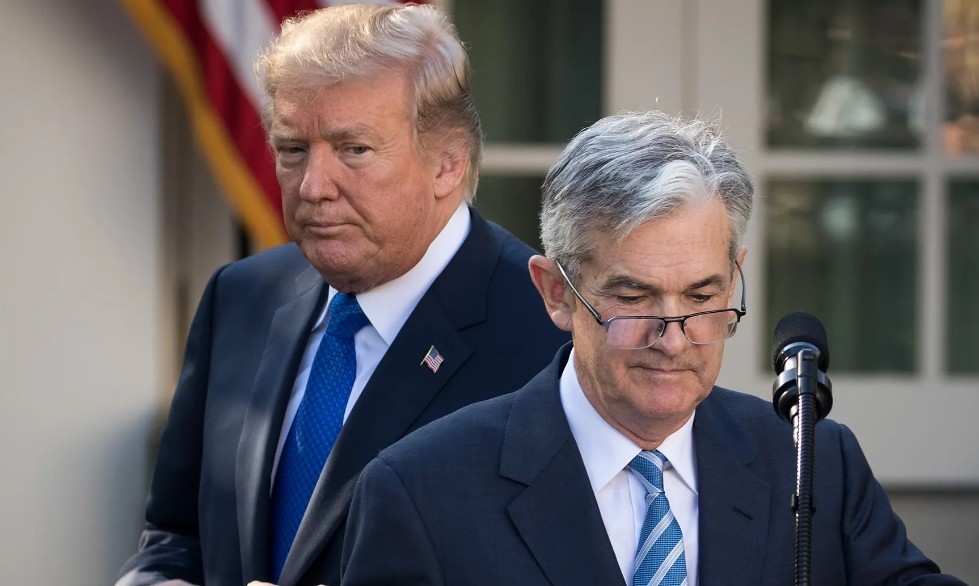Stocks Tumble as Stubborn January CPI Ahead of Tariff Risk, More Fed Hawkishness Expected
Stocks plunged on Wednesday following the release of the January CPI, which came in higher than expected, signaling that inflationary pressures are intensifying. The inflation raises concerns about th

Stocks plunged on Wednesday following the release of the January CPI, which came in higher than expected, signaling that inflationary pressures are intensifying. The inflation raises concerns about the economic impact, especially as tariffs are set to officially take effect, potentially worsening the situation.
The January CPI came in at 3% year-over-year and 0.5% month-over-month, significantly above the expected 2.9% Y/Y and 0.3% M/M. The Core CPI, which excludes volatile food and energy prices, saw an even sharper rise, coming in at 3.3% Y/Y and 0.5% M/M, compared to the anticipated 3.1% Y/Y and 0.3% M/M.
In response to the report, both S&P 500 and Nasdaq 100 futures tumble more than 1%, reflecting concerns about rising inflationary pressures and the broader market implications.
One of the primary drivers behind the higher-than-expected CPI was the shelter, which increased by 0.4% in January. This accounted for nearly 30% of the total monthly increase, and the pace of growth was faster than the 0.3% rise seen in December. The housing market, particularly rising rental costs, continues to contribute significantly to the inflationary trend.
Additionally, the energy index saw a notable 1.1% increase, driven by a 1.8% rise in gasoline prices. The food index also climbed by 0.4%, with food prices both at home and away from home seeing modest increases. Specifically, the food at home index rose by 0.5%, while the food away from home index increased by 0.2%.
In a related development, wholesale prices for large, white shell eggs hit a historical high, reaching $8 per dozen last Friday, further fueling concerns about inflation in everyday goods. This surge is just another example of how prices are rising across a range of sectors.
This report comes at a particularly sensitive time, marking the first inflation report since Donald Trump took office. Traders are now facing the looming risk of heightened trade tensions, as the president has announced plans for a new round of tariffs. President Trump has raised tariffs by an additional 10% on Chinese goods, starting on February 2, further escalating the ongoing trade war.
In addition to the China tariff hike, Trump has also imposed universal tariffs on steel and aluminum imports, which will take effect on March 12. These moves have sparked fears of retaliatory measures and an overall slowdown in global trade, adding to inflationary pressures.
Moreover, Trump is reportedly considering reciprocal tariffs, which could further strain international trade relationships and exacerbate inflation concerns. These developments are creating a cloud of uncertainty, with investors bracing for more volatility in the months ahead.
The heightened inflation concerns and the threat of trade disruptions have caused market participants to adjust their expectations for Federal Reserve policy. Initially, traders had been anticipating a rate cut as early as September this year. However, following the latest CPI data and the tariff risks, bets are now shifting towards a rate cut in December instead, as the Fed grapples with balancing inflation control and economic growth.
With rising inflation and potential trade-related disruptions, traders are closely watching the Fed's next moves, uncertain whether the central bank will tighten policy to combat inflation or shift towards rate cuts to address potential economic slowdown caused by trade tensions.
Disclaimer: The views in this article are from the original Creator and do not represent the views or position of Hawk Insight. The content of the article is for reference, communication and learning only, and does not constitute investment advice. If it involves copyright issues, please contact us for deletion.